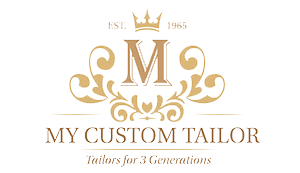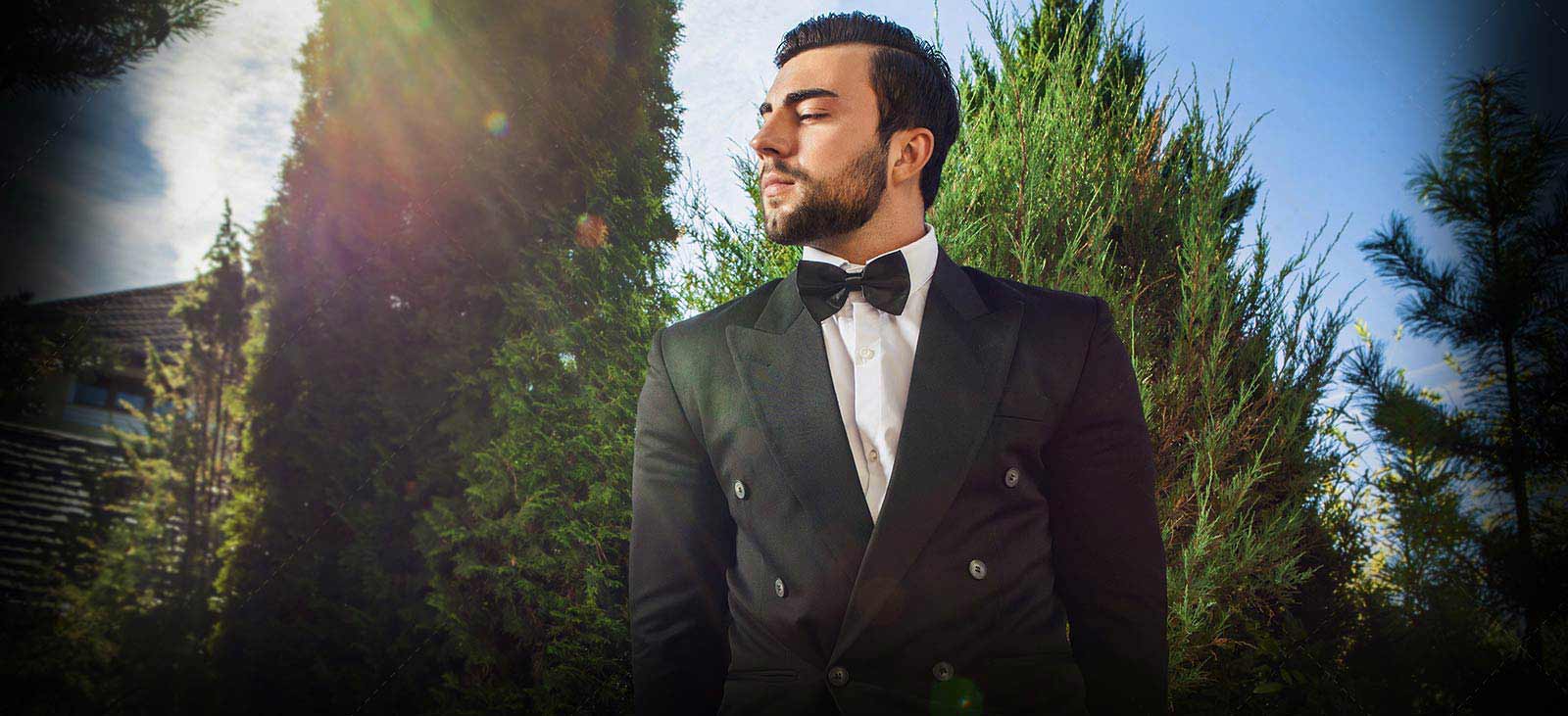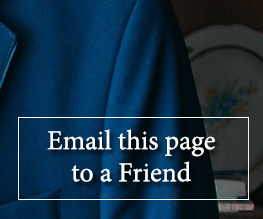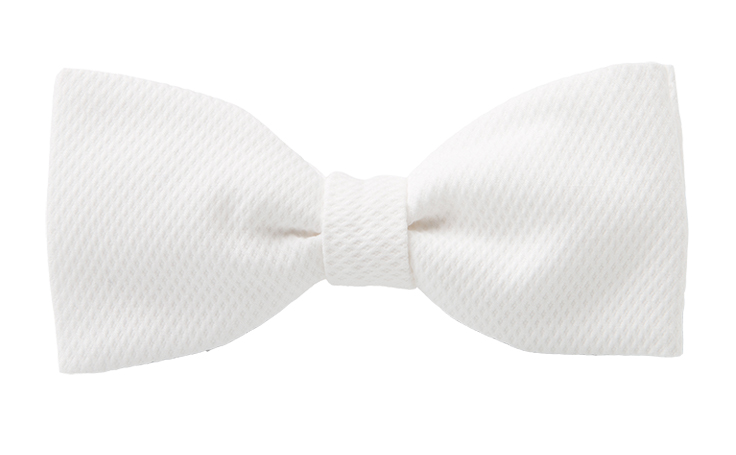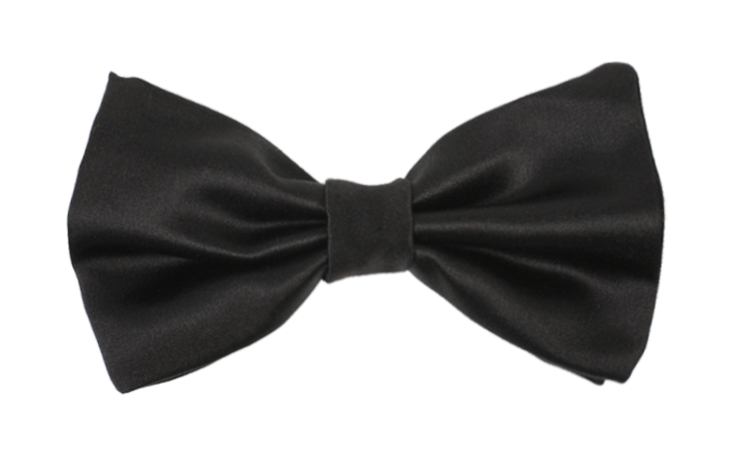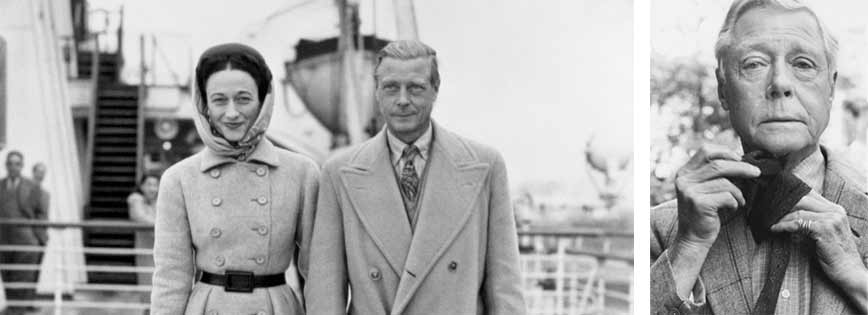From the late 19th century through the early 1920's black tie attire continued as an option at home or in your club, but for a public evening, white tie and tails were de rigueur.
The blackouts and strict social measures during World War II brought about the demise of formal dressing for dinner and other nightlife. So the business suit became accepted evening dress. And the dinner jacket replaced white tie for most formal events.
Tuxedo Junction
An American and his wife, James B. and Cora Potter, were visiting the Prince of Wales (later King Edward VII) at his country estate, Sandringham and asked to copy his no-tails dinner jacket. He had Bertie's tailor, Henry Poole, of Savile Row, make one for him and brought it back to wear at his country club, the Tuxedo Club in Tuxedo Park, New York. Poole had made the "original" no-tails dinner jacket in 1860.
But Griswold ("Grizzy" to his friends) Lorillard of the tobacco family gets the history book credit for the introduction or at least the promotion of the dinner jacket into American society.
Another sighting is of Evander Berry Wall who is reported to have worn a dinner jacket in Saratoga two months before Lorillard's grand entrance.
On October 10, 1886, Griswold Lorillard wore a modified dinner jacket to the Tuxedo Park Club ball, (also called the Autumn Ball) at the Tuxedo Club in Tuxedo Park, New York (40 miles northwest of New York City). Thus the American slang word for the dinner jacket was introduced.
By the way, Tuxedo is from the American Indian word "p'tuksit" meaning "he has a round foot" and is a euphemism for wolf, an animal feared by the Indians and thus not mentioned directly in conversation.
The tail-less "lounge jacket" and black tie instead of the standard tails and white tie scandalized the up-scale country club. A society columnist at the time dubbed it more appropriate for a "royal footman'.
Actually something that isn't always noted when this historic anecdote is recounted is that (according to some accounts) Griswold's original jacket was scarlet!!! No wonder he got all the attention.
- Some new research on the history of the Tuxedo written for the Tuxedo Park Library by J. Earle Stevens, Jr. in October 1988 introduces some interesting theories about the original story:
I have condensed the article, added emphasis, and incorporated the footnotes into the commentary.
When we seek the origin of the dinner jacket or Tuxedo, we constantly come across a story about its introduction to this century by Griswold Lorillard at the first Tuxedo Autumn Ball in 1886. Nathaniel Griswold Lorillard as the fourth and youngest child of Pierre and Emily Taylor Lorillard and was named for his great grandfather Nathaniel Griswold. He died in 1889, three years after the Ball, when he was only 25.
The trouble with this story is that it is based entirely on a quotation from a society journal called Town Topics. According to an October 1886 issue of the journal, young Griswold Lorillard appeared (at the Ball) in a tailless dress coat, and waistcoat of scarlet satin, looking for all the world like a royal footman. There were several others of the abbreviated coats worn.
The story about Griswold first appeared in the Tuxedo Club membership book for 1936. As they believed it to be authentic, it was quoted by Cleveland Amory in The Last Resorts in 1948, by George M. Rushmore in The World With A Fence Around It in 1957, and by countless other writers.
Town Topics began in 1879 as Andrew's American Queen, a magazine of art, literature, music, and society. In 1885 it was bought by E.D. Mann who renamed it Town Topics and launched it on a career of scandal mongering. After many vicissitudes, it expired in the depression of 1931.
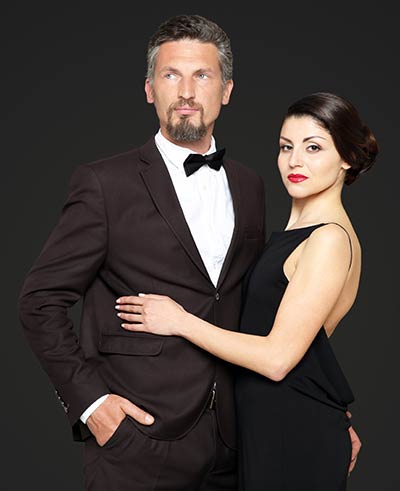
Taken literally, this quotation seems quite plausible but, unfortunately, it has been misinterpreted. A tailless dress coat has been taken to mean a dinner jacket and, as a result, we have a story, which is hard to believe. Griswold, or Grizzy as his friends called him, may very well have worn a tailless dress coat as a lark but this does not mean that he introduced the dinner jacket. Such an assumption is wrong for several reasons.
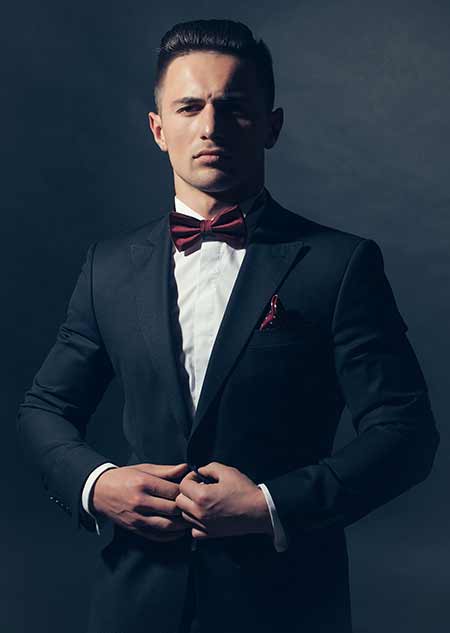
First of all, Grizzy's tailless dress coat was much too short to be a dinner jacket. A dress coat, which is a tailor's term for an evening tailcoat, is cut above the waist, open in front, and tight fitting. A dinner jacket is cut well below the waist, buttons in front, and fits more loosely.
In 1880 there were three coats which a well dressed man had to have in his wardrobe; a morning coat which was a tail coat with the front cut away, a frock coat which was a long skirted coat not cut away in the front, and a dress coat which was a swallow tailed coat for evening wear.
Grizzy's dress coat - without its tails - was so short that it resembled a mess jacket, and it is no wonder that Town Topics thought he looked for all the world like a royal footman. A mess jacket is a short military coat cut above the waist, which is worn by officers when dining at mess.
Secondly, Grizzy would have been far too young to introduce a new fashion to his elders at the Ball. He was only 22 and the second son of Pierre Lorillard, distinguished founder of Tuxedo Park. His older brother, Pierre Lorillard, Jr., was one of the governors of the Tuxedo Club. The other governors were all prominent New Yorkers, while the members of the Club and their guests were for the most part leading members of New York Society. It is hard to imagine, therefore, a young man introducing a new fashion to such a sophisticated gathering.
Finally, a formal ball would not have been the right occasion to introduce what was then an informal dinner fashion. We should remember that the dinner jacket, when it was first adopted, was worn only at informal dinner parties and it was not considered, as it is now, formal evening dress. The dinner jacket was introduced in England by Lord Dupplin in the early 1880's and adopted by the Prince of Wales. It was first called a Homburg jacket, then in 1888 a dress lounge, and in 1896 a dinner jacket.
If, therefore, Grizzy had been able to introduce the dinner jacket, he probably would have done so at a dinner party and not at a ball.
The Ball did, however, offer Griswold and his friends an opportunity to play a prank, inspired perhaps by the dinner jackets, which his elders had recently adopted. Griswold loved clothes, and as he had two dress coats, which were made by his father's tailor*, he probably took the tails off one of them. This prank must have distressed his parents very much and it is not surprising that Town Topics thought the boys (there were several others of the abbreviated coats worn) ought to have been put in straight jackets long ago.
*When Pierre Lorillard won the English Derby in 1881, he introduced Griswold, who was only 17, to his London tailor, Henry Poole & Co.
Poole still has a record of Griswold's purchases. His first order in 1881 consisted of several lounge suits, a riding jacket, a frock coat, and a hunt dress coat in the colors of the Queen's County Gill Hunt. In 1882 he ordered more lounge suits, a scarlet hunt coat and his first dress coat, and in 1883 his second dress coat and a double-breasted overcoat. His last order, in 1886, the year of the ball, was for a driving cape.
It should be apparent from this analysis that Griswold's lark has nothing to do with the dinner jacket and that we have to look elsewhere for its origin.
Fortunately, there is a reliable, although little known, source of information. Some sixty years ago, Grenville Kane, last founder of the Tuxedo Club left alive, revealed to this writer that it was James Brown Potter, one of Tuxedo's first residents, who, after staying with the Prince of Wales at Sandringham in the summer of 1886, brought back the new fashion to Tuxedo and introduced it to the members of the club.
It may be sad for some to realize that Grizzy was not the one responsible for this new fashion but it should be a consolation for them to remember that his lark will always be a legend.
